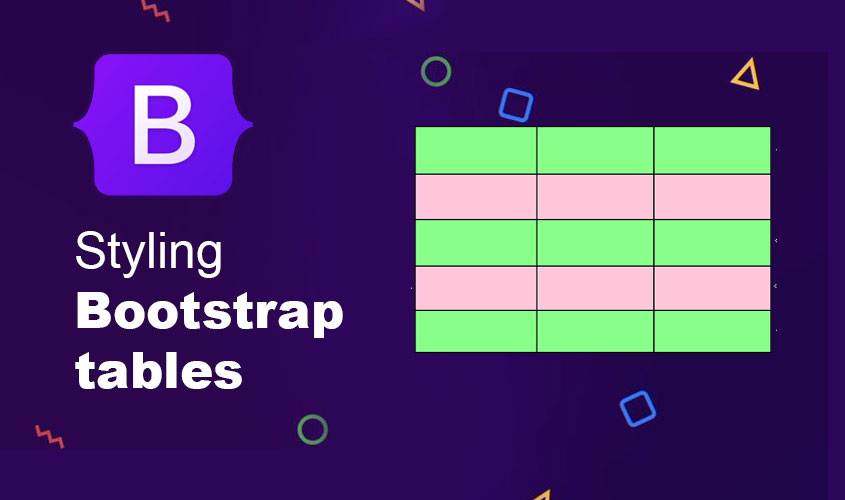PHP is a widely used programming language for building web applications, and as such, it’s important to be aware of common security vulnerabilities and their solutions. Here are some of the most common PHP security vulnerabilities and their solutions:
- SQL injection: SQL injection is a common attack in which an attacker inserts malicious SQL code into a web application’s input fields, such as a login form, in order to gain unauthorized access to the database. The solution is to use prepared statements with bound parameters, which can prevent malicious input from being executed as SQL code.
- Cross-site scripting (XSS): XSS is an attack in which an attacker injects malicious code into a web application’s output, such as in a comment or search field, in order to steal user data or hijack their sessions. The solution is to use output encoding, which can prevent the malicious code from being executed by the browser.
- Cross-site request forgery (CSRF): CSRF is an attack in which an attacker tricks a user into unknowingly submitting a request, such as making a purchase or changing their password, on behalf of the attacker. The solution is to use anti-CSRF tokens, which can verify that the request came from an authorized source.
- File inclusion vulnerabilities: File inclusion vulnerabilities can allow an attacker to execute arbitrary code on the server by including a file from a remote server. The solution is to use include and require statements with absolute paths, which can prevent an attacker from including malicious code.
- Authentication vulnerabilities: Authentication vulnerabilities can occur when user credentials are not properly validated or stored, leading to unauthorized access to the application. The solution is to use secure password hashing and encryption, and to validate user input before storing it in the database.
- Session hijacking: Session hijacking is an attack in which an attacker steals a user’s session ID in order to gain unauthorized access to their account. The solution is to use secure session management techniques, such as storing session IDs in cookies with HttpOnly and Secure flags, and to regenerate session IDs after successful authentication.
- Remote Code Execution (RCE): RCE is a vulnerability that allows an attacker to execute arbitrary code on the server by exploiting a vulnerability in the application. The solution is to use input validation and filtering, and to ensure that user input is not used to build dynamic system commands.
- XML External Entity (XXE): XXE is a vulnerability that allows an attacker to read or modify sensitive data on the server by exploiting a vulnerability in the application that processes XML input. The solution is to disable external entities in XML parsing, and to use whitelisting to validate input.
- File upload vulnerabilities: File upload vulnerabilities can allow an attacker to upload malicious files to the server, which can be used to execute arbitrary code or steal sensitive data. The solution is to validate file types, limit file size, and store uploaded files in a secure location.
- Insecure session management: Insecure session management can lead to session hijacking or session fixation attacks, which allow an attacker to gain unauthorized access to a user’s account. The solution is to use strong session IDs, enforce session timeouts, and use HTTPS to encrypt session data.
- Brute force attacks: Brute force attacks involve an attacker attempting to guess a user’s login credentials by repeatedly trying different combinations of usernames and passwords. The solution is to enforce strong password policies, implement CAPTCHA or other authentication mechanisms to limit automated login attempts, and monitor for suspicious activity.
- Cross-Site Request Forgery (CSRF) and Clickjacking: CSRF and clickjacking are attacks that trick a user into performing an unintended action on a web application by clicking on a malicious link or button. The solution is to use anti-CSRF tokens, and to implement measures such as X-Frame-Options to prevent clickjacking.
By following best practices and taking these common PHP security vulnerabilities into consideration, developers can help protect their web applications from malicious attacks and maintain the integrity of user data.











